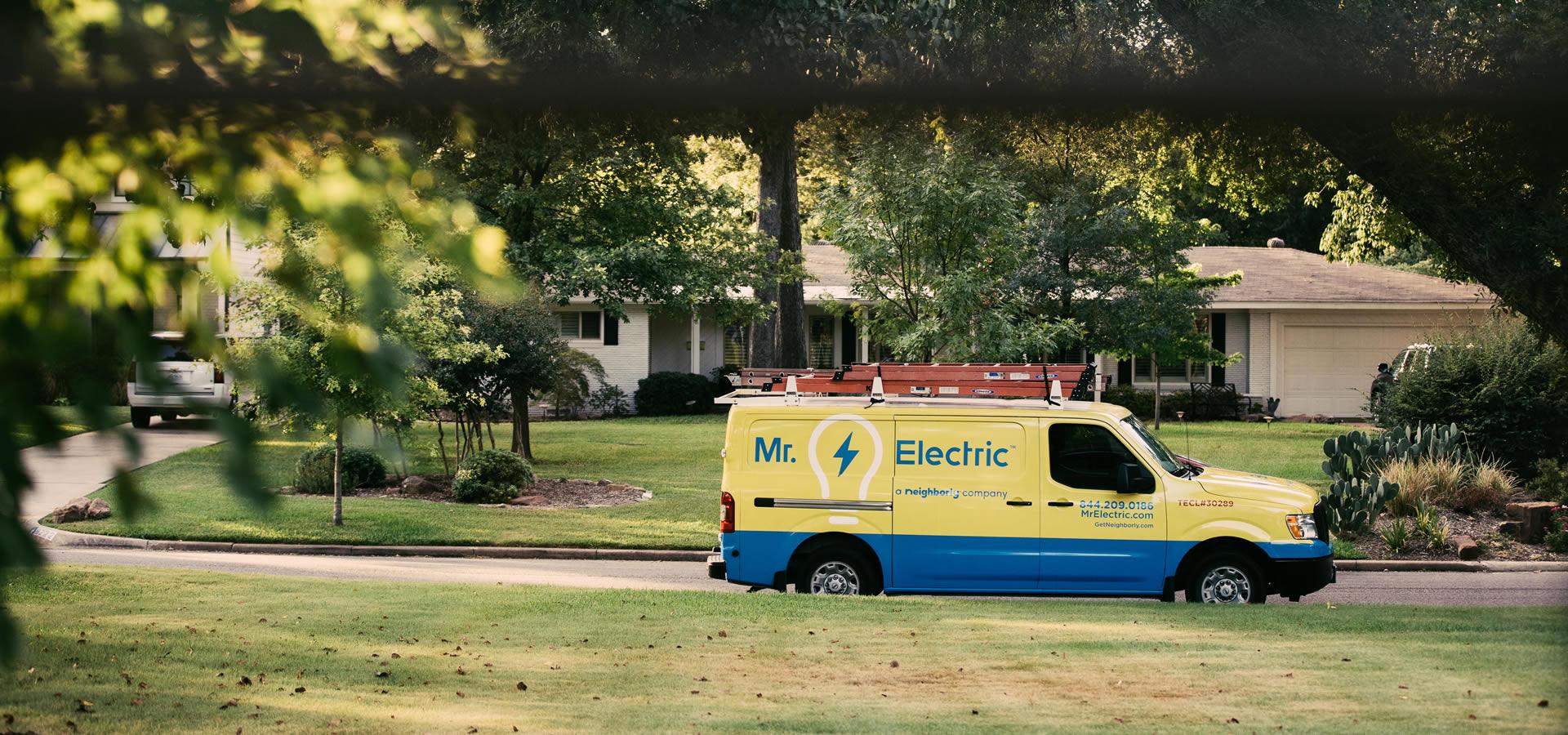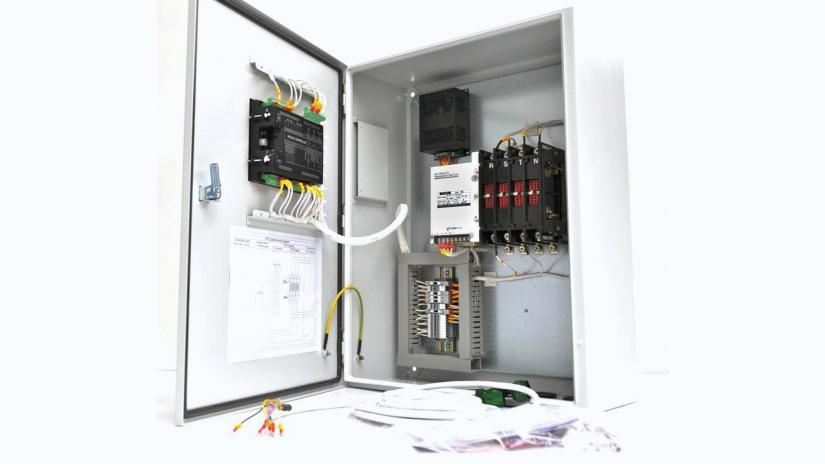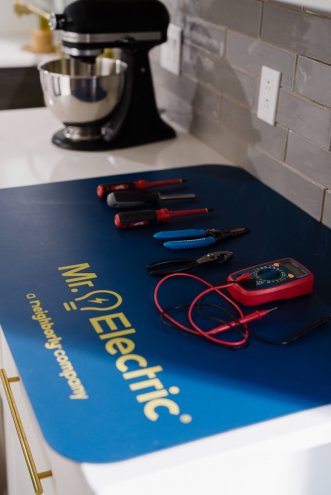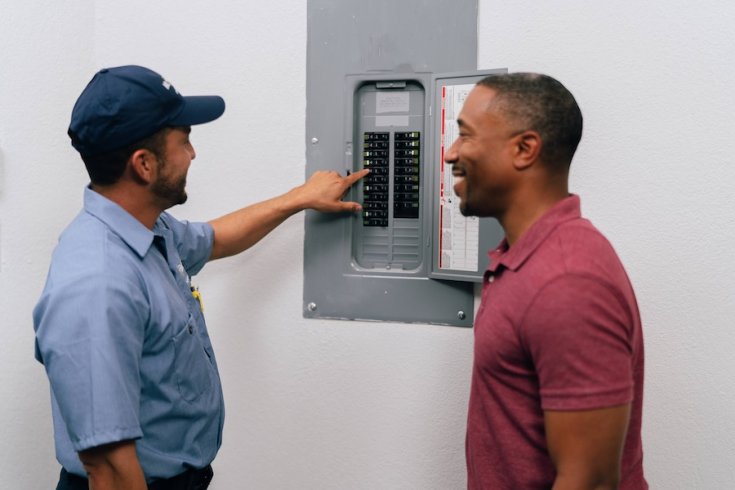Automatic vs. Manual Transfer Switches
When the power goes out, one of your only options to provide temporary electricity is a backup generator. If you have installed or are interested in installing a generator, then you should know that the transfer switch is a key component of the generator system. This essential safety feature is actually required with wired-in backup generator installations in all 50 states. You do have options when choosing your transfer switch though. In this article brought to you by certified electricians at Mr. Electric, we will describe automatic and manual transfer switches.
What Is the Transfer Switch?
On a normal day, your electricity supply likely comes from the electrical line setup by your utility company. When that power goes out, however, the backup generator must step in. The transfer switch is the ‘switch’ that ‘transfers’ the energy supply from the utility company to the backup generator and vice versa.
The transfer switch is also a safety feature as it isolates the generator from the municipal power lines, protecting utility repairmen from power surges caused by back feed from the generator. This is part of why the transfer switch is required with wired-in backup generator installations in all 50 states.
How Does A Manual Transfer Switch Work?
When the power goes out, you will have to grab a flashlight then head to the generator to start it up manually and connect it to the transfer switch. You will then have to switch your home or business to receive power from the generator. When the utility power returns, you will have to manually switch your home or business to receive power from the utility company again. Finally, turn off the generator.
How Does an Automatic Transfer Switch Work?
You can probably guess the difference now. An automatic transfer switch takes care of switching the power source on its own. Many of these models even turn the generator on as well. So, you may only feel the power go out for a couple of seconds before the transfer switch senses the outage and signals for the generator to start up. The transfer switch then connects your home or business to the generator’s power supply. The transfer switch will also sense when the utility line’s power supply returns, triggering the shutoff of the generator and switch to the utility company’s power supply.
Which Transfer Switch to Get?
You are required to get a transfer switch for your wired-in backup generator, but which one should you get? This depends on personal circumstances.
The manual switch is more affordable, smaller in size, and easier to install and maintain, but it can be a hassle to operate. The manual switch is fine if you can afford to have electricity out until you manually turn on the generator. If power is essential or even vital, as it is in data centers and hospitals, then you are better off going with an automatic transfer switch as even a few seconds of no electricity can have serious and even life-threatening consequences.
Whichever transfer switch you choose, local electricians at Mr. Electric is ready to help with the installation, replacement, and repairs. We are available to take your call any time.







